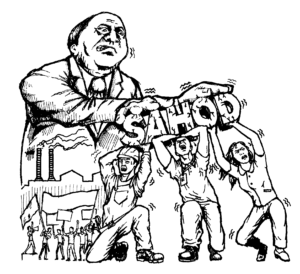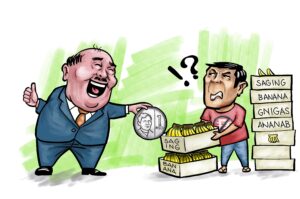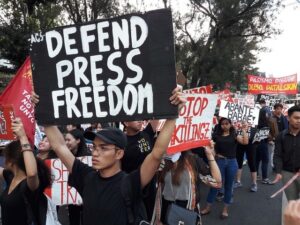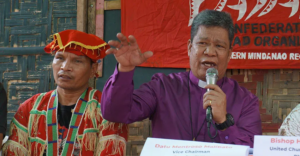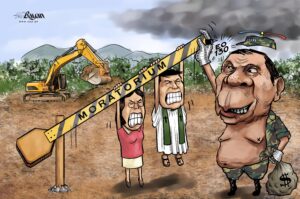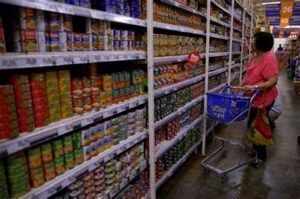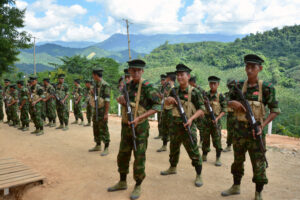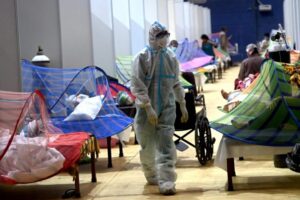Duterte’s legacy: Dirty electricity


The Earth Day, an annual event to demonstrate support for environmental protection, was commemorated internationally last April 22. In the Philippines, the Duterte regime announced its submission of its Nationally Determined Contribution to make it appear that it is doing something to fight global warming. The document contains the commitment of the Philippines to gradually decrease its green house gas emmisions such as carbon dioxide, methane, and others to 75% until 2030 and 100% in 2040. This is in accordance to the Paris Agreement on Climate change which was ratified by the Philippines and signed by 196 countries in 2016.
This commitment, however, is contradictory to the regime’s actual plans in the energy industry. In fact, the regime even plans to further strengthen the ever-growing production of coal in the country. In the whole world, the burning of coal is considered one of the biggest sources of greenhouse gases which accumulate in the atmosphere and trap heat. Based on its Coal Roadmap 2017-2040, the regime plans to increase coal production to 282 million metric tons (MT) in 2023-2040 from 23 million MT in 2017-2018. Five large electric companies also plan to expand their capacity to generate electricity to 21,836 megawatts (MW) of electricity in the next two to six years from the current 14,579 MW.
These power plants are funded by at least 15 big banks in the country. According to the coalition Withdraw From Coal, the biggest funders of these plants include the Bank of the Philippine Islands of the Ayala family and Banco de Oro of the Sy family.
In 2020, the investment of these banks in coal power plants and production reached up to $13.42 billion. Last March, members of the Youth Advocates for Climate Action Philippines and Kalikasan People’s Network for the Environment protested in front of the headquarters of the Standard Chartered Bank in Makati City to demand the withdrawal of its loans worth $674 million to six coal-fired power plants in various parts of the country.
Several churches in Quezon and Negros Occidental launched a symbolic action last month, including 15 parishes in Lucena, to oppose the expansion of operations of these coal-fired power plants. Three large coal-fired power plants are currently operating in Quezon. Three other concessions are still pending for approval including the coal-fired power plant of the Atimonan One Energy ng Manila Electric Company (Meralco).
In sum, there are 23 operational coal-fired power plants in the Philippines. These power plants generate up to 49% of the country’s electricity. Seventy-five percent of the coal used by these plants are imported from other countries, primarily from Indonesia and Australia. Majority of the coal mined in the Philippines are exported to China.
The regime projects that the consumption of electricity generated by coal-fired power plants will further increase to 59% in 2029. In fact, while Duterte is making it appear the he plans to do away with coal, he himself inaugurated last 2019 the San Buenaventura Power Ltd. Co., a coal-fired power plant owned by Meralco in Quezon, and called on investors to construct similar power plants. The said power plant was funded using a World Bank loan.
Coal is considered the “dirtiest” of fossil fuels, contrary to Duterte’s claim that it is “clean.” The carbon monoxide which is produced when burning coal is double the amount of what is generated when processing natural gas, and 30% higher than when gasoline is burned.
In the global market, coal is also considered the most expensive source of energy after the price of oil dropped in 2020. It was most expensive in March 2020 when the price of coal surged to $66.85 per MT, which is equivalent to $27.36 per barrel of oil. Since the country is dependent on coal imports, the high and increasing cost of electricity in the Philippines is often attributed by companies to the high cost of the product in the global market.


